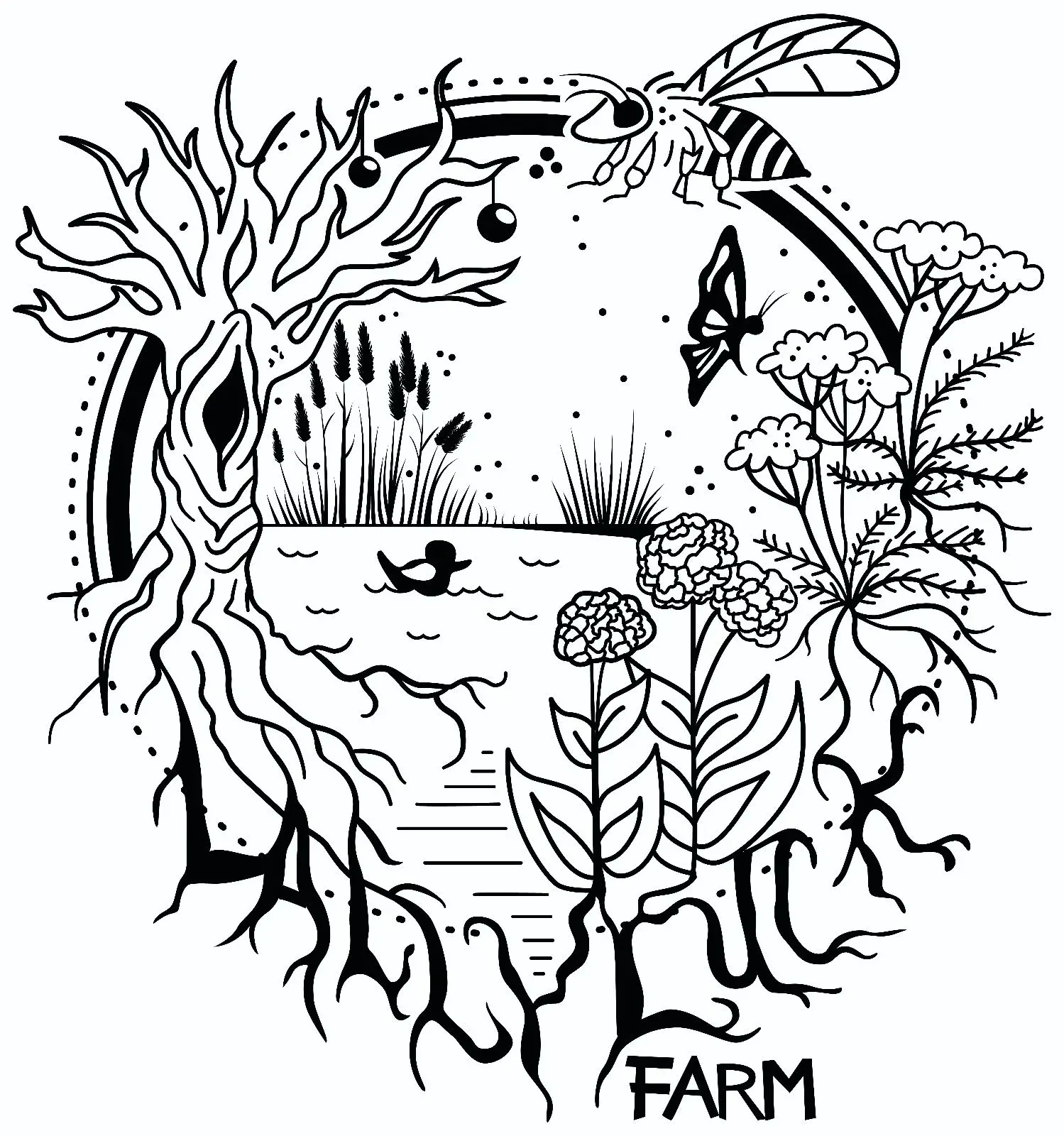15kg if berries I had in the freezer from last year. Set up 1.5 weeks ago. Now sitting 8% alcohol! I’ll press it this weekend. Am so excited!
Hi, I’m your designated cider taster, please let me know where I pick up my growler! Looks awesome, cheers!
Comer over! I have to regularly measure sugar and of course I need to do a taste test
That sounds amazing! Our blackberries are still being pollinated so there’s still quite a wait
There is homebrewing community on: https://sopuli.xyz/c/homebrewing
Maybe crospost it.
Thanks! I’ll try… How does crossposting work in the fediverse? Is there a function or do I just post the link to here?
I’ll try ddg!
Yeah I noticed.
Also thanks for upvoting and commenting on my cider there.
Nice. The best of luck with it from a fellow brewer.
Those fermentors are beautiful
They are! I planned to only use the big one, but was afraid the fermentation would rise too much and split it between the barrels.
Looks great! Could you share the recipe?
Ingredients (for about 10 L) 2-3 kg red currants 1,5 kg sugar 4,4 g yeast nutrient salt 15 mL antigel demineralized water 0.5 liters of apple juice (for the fermentation starter) Pure yeast “Port” (alternatively “Bordeaux”), preferably dry yeast sugar for post-fermentation (later) Ascorbic acid (later) Potassium disulfite (later)
Preparation
The currants are washed and then destemmed, that is, freed from all the stems. For this purpose, a fork is suitable, with which one strips the berries. Now the berries are mashed with a potato masher, the sugar and the yeast nutrient salt are dissolved in about 6 liters of water and added to the fruit together with the antigel. The rehydrated yeast or starter culture is added and the mash fermentation is started. It may be necessary to add sugar during this time.
After about two weeks, the mash is pressed off and the wine is diluted until an acidity of about 7.5-8 g/L is reached (shake out the carbonic acid before measuring!). Continue fermentation until about 13% alcohol is reached. Alternatively, fermentation can be continued to the end.
Once fermentation is complete, sulfur is added with 1 g of potassium disulfite per 10 L and the wine is kept as cool and still as possible. After one or two weeks, it can now be drawn off from the yeast into a new balloon. Now either the residual sugar content can be adjusted directly and filtered, or the wine can still be aged accordingly. If the “pithy” taste is missing, it can be improved by aging on oak chips (French oak, “medium toast”). The wine has a very good self-clarification, so that one can filter directly EK. Before that, the residual sweetness is adjusted and 1g of potassium pyrosulfite and 1g of ascorbic acid per 10 L are added to the wine again.
Translated with www.DeepL.com/Translator (free version)
http://met-und-fruchtwein.de/rezepte.html#johannisbeerwein
This is the Recipe I use. I’ll paste it in DeepL, one Second!




